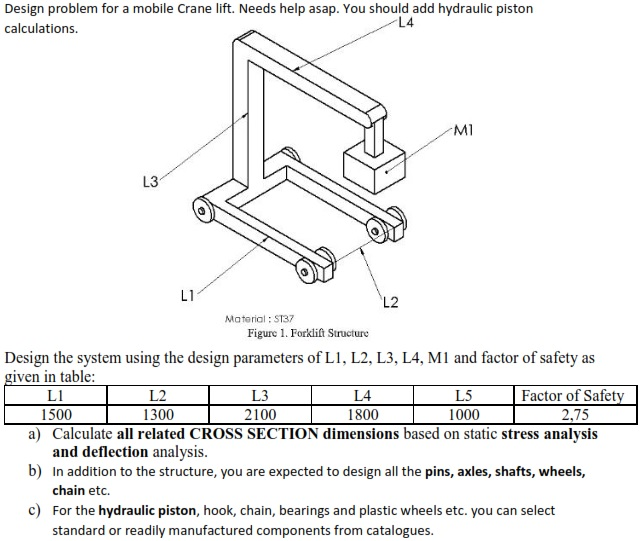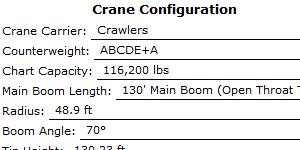
A person conducting a business or undertaking that includes the carrying out of construction work (i.e.The responsibilities for undertaking the various activities involved in the ground assessment are set out below: It is essential for all persons undertaking these roles to be competent, having relevant up-to-date training and the qualifications and experience appropriate to the operations for which they are responsible. bearing capacity of different types of soil.Īs with all activities on construction sites, the effective management of the safety of lifting operations can only succeed if all parties involved are clear about their roles and responsibilities.determining the suitability of the crane mats, and.determining the load exerted by mobile crane outriggers or crawler crane tracks.This Guidance Note provides general guidance to assist on:

To reduce the risk of crane accidents as a result of improper crane set-up, planning activities shall be carried out by a competent person(s) to assess the capability of the ground to withstand the loads and pressures imposed by the lifting equipment.Īll parties who are involved in the planning, set up and use of cranes on site must be aware of the fundamental criteria, planning issues, and risk assessments that are needed to ensure lifting operations proceed in a safe and stable manner. Crane stability often depends on the integrity of the ground on which it stands.Įffective assessment of ground conditions is essential to assist with the safe setup and operation of cranes. Many factors need to be considered when safely setting up mobile cranes on site. Results can be printed out to be used on the job site. Parameters can then be entered for any operation, and you will get the corresponding load curves and crane view to enter your lifting procedures. There are applications that can be installed on any PC. The analyzes are delivered with the relevant attributes and predefined load calculation parameters. Provides a visualization of the crane’s position and center of gravity, taking into account the crane mode, load, and length of extended cable.

The application of a load table allows planning crane operations. It is not easy to take into account all the joints of the crane, the reach and the lift height, while checking that the capacity of the crane is not exceeded.Īlso, for crane lifts, the object and weight of the rope have a large impact on the lifting capacity of the crane and must be calculated manually. Traditionally, when considering taking on an assignment, the operations planning team uses load charts and manual calculations to determine if the operation can be executed.


 0 kommentar(er)
0 kommentar(er)
